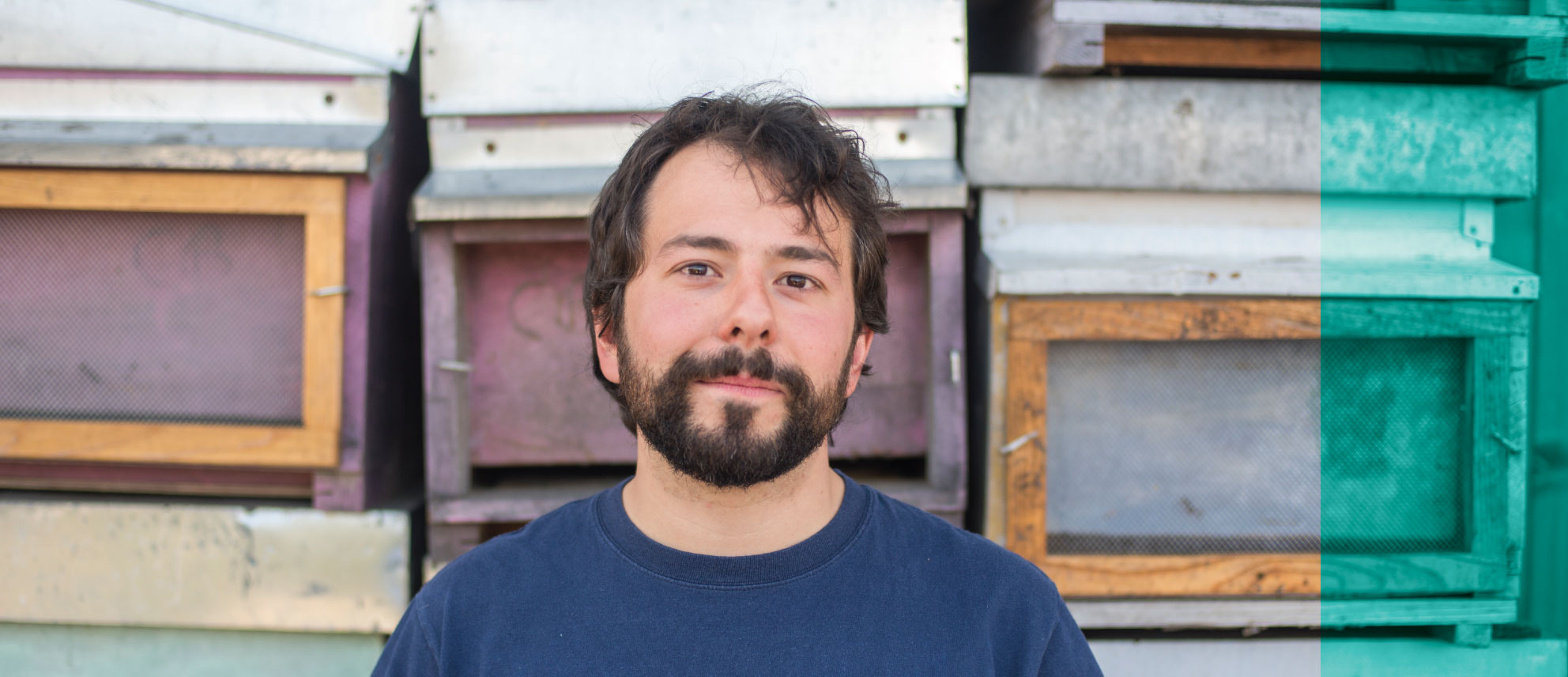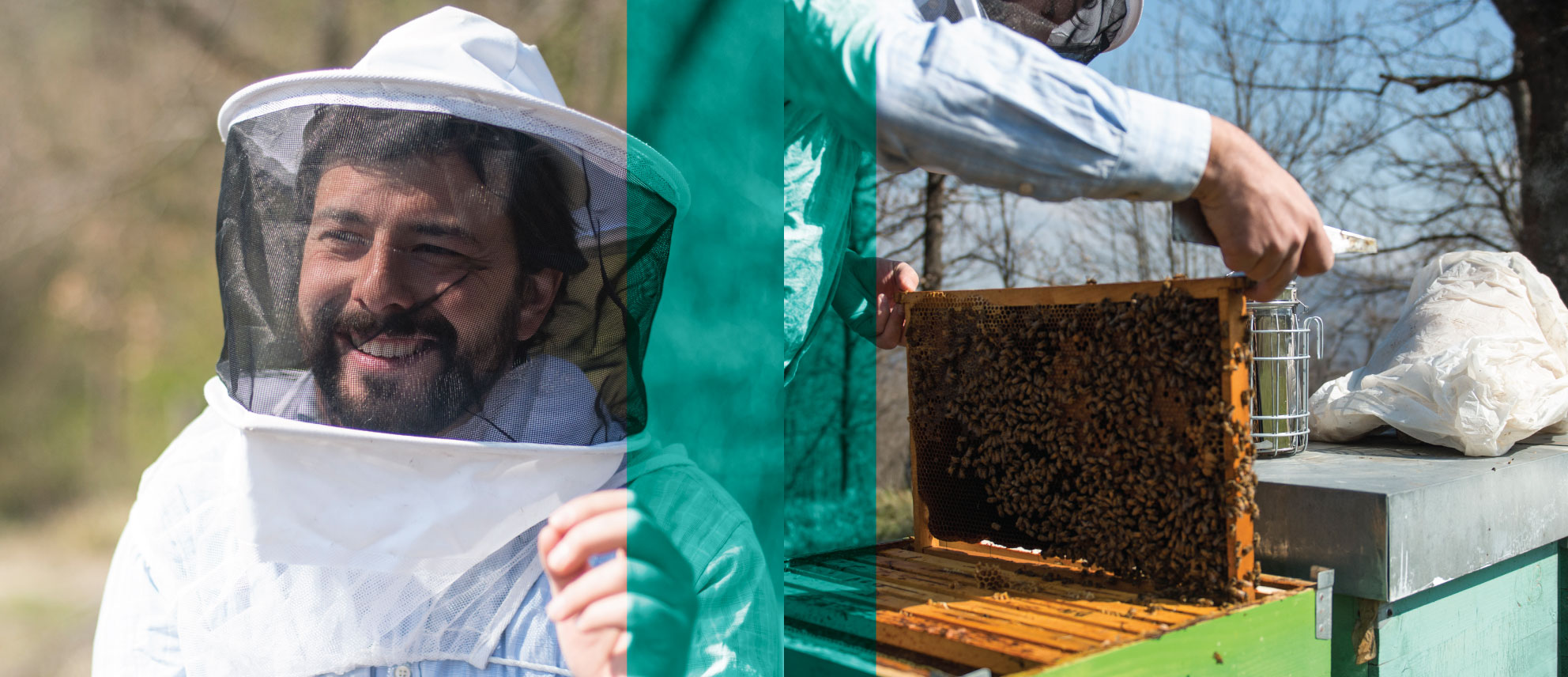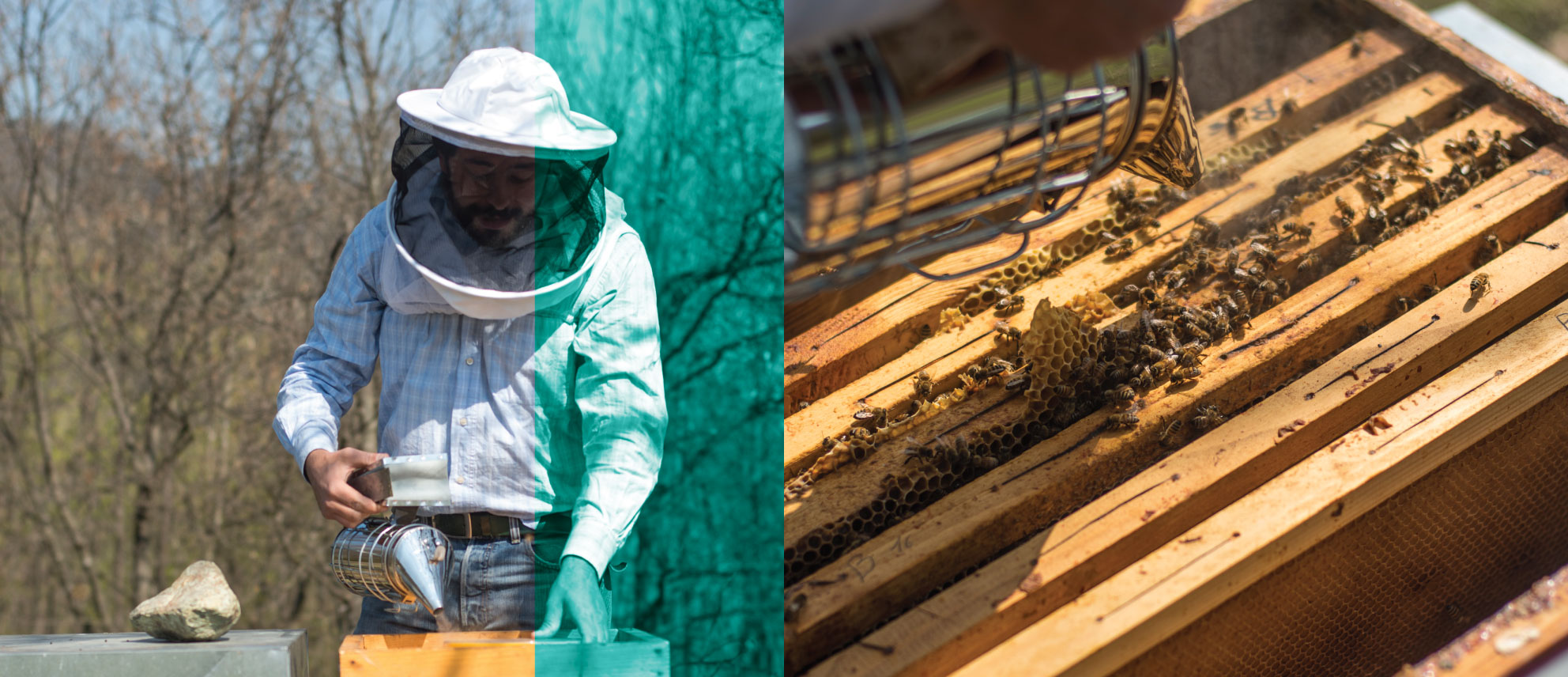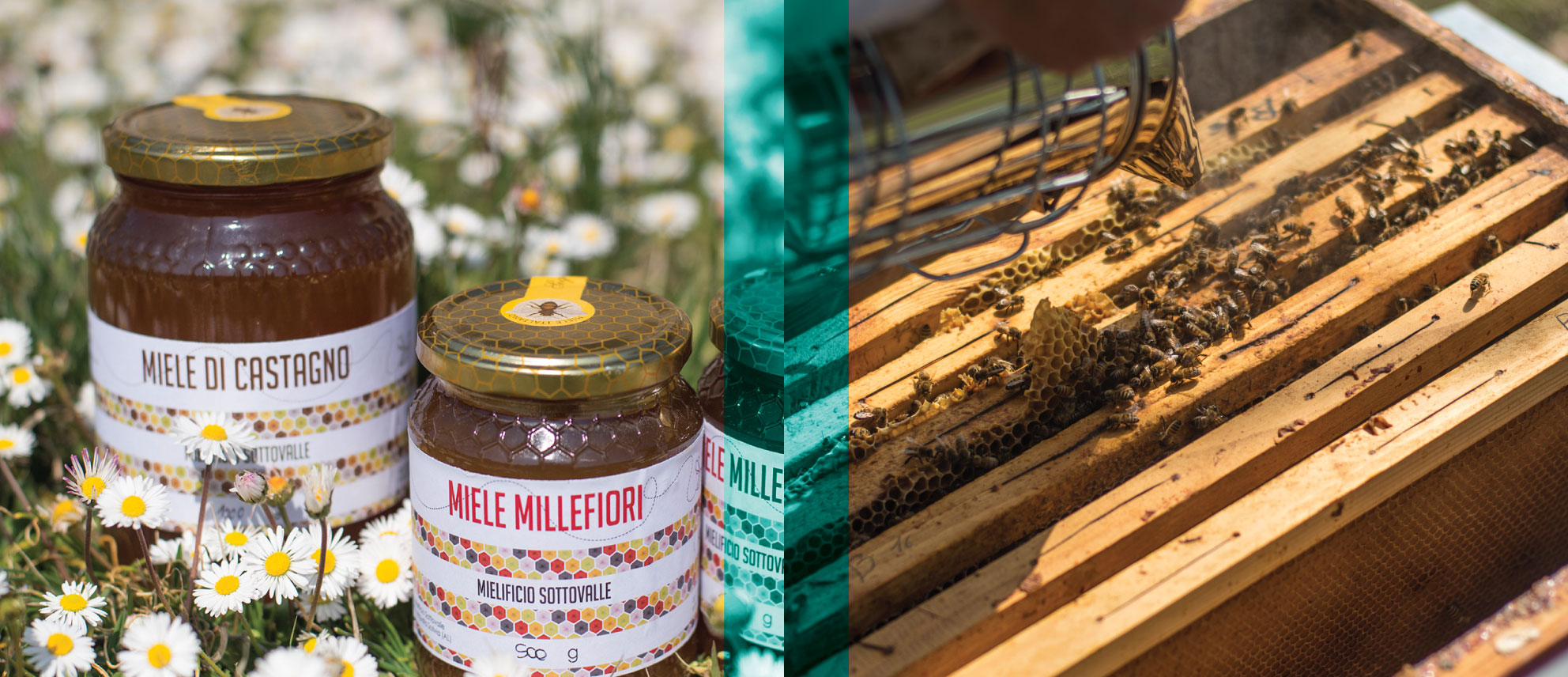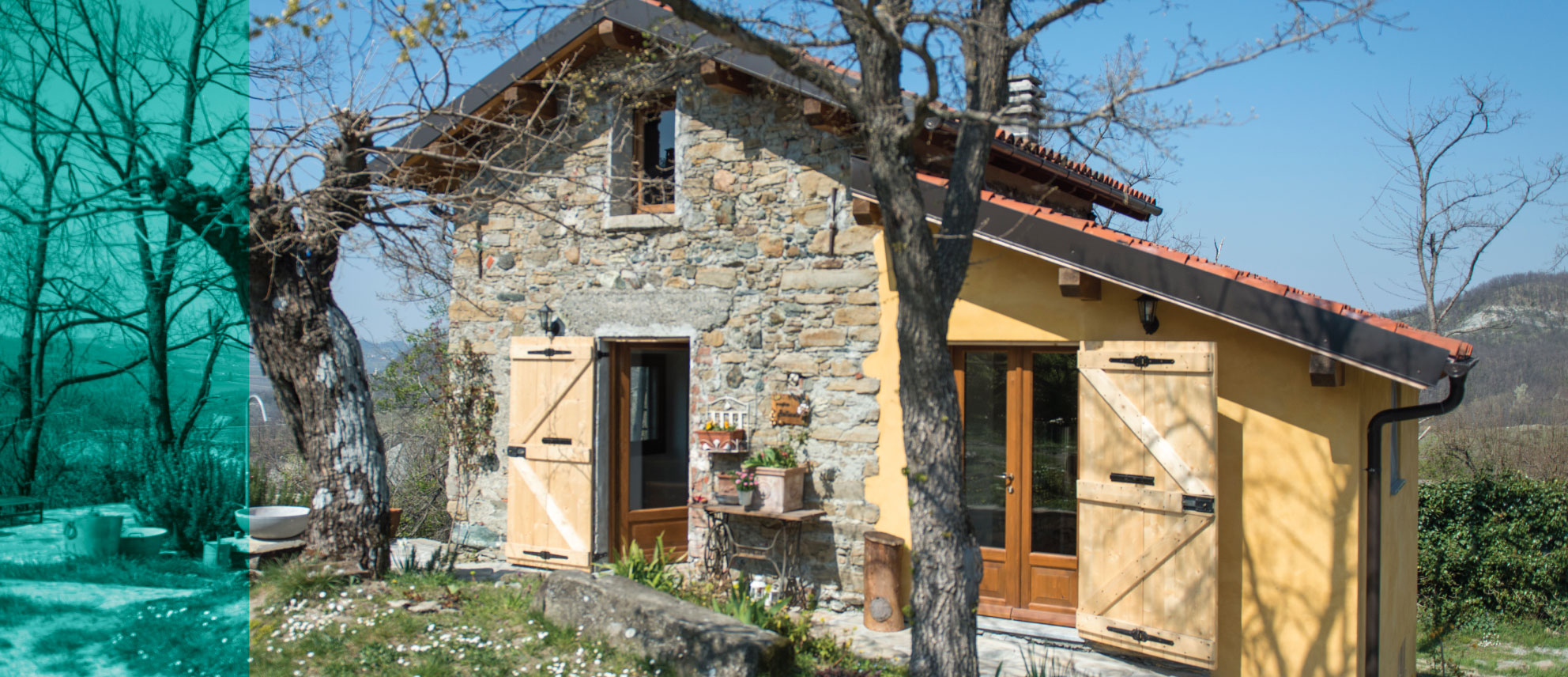MIELIFICIO SOTTOVALLE
BUSINESS: Mielificio Sottovalle
ADDRESS: Frazione Sottovalle 2, Arquata Scrivia (ALESSANDRIA)
E-MAIL: msottovalle@gmail.com
FACEBOOK PAGE: Mielificio Sottovalle
“ON CAMPUS” COURSE: ReStartApp 2015
Honey captures the quintessence of a geographic area. We beekeepers should learn from the wine making sector, emphasizing the importance of terroir, to let people truly perceive the value of our work.
Mattia Camuffo
Mattia is moving slowly among the beehives. He lifts a cover, takes out a frame, checks the bees on it and looks, on their backs, for the colour mark that identifies the queen bee. Observing him at work, it is easy to understand that this is a delicate job, in which care plays a key role. To ensure the family in his apiary will survive and keep growing, a beekeeper can only put the health of the insects that produce honey at the very heart of their day-to-day work.
Mattia Camuffo started looking after bees when he was 11, with his father. Now that he is in his thirties – he was born in 1989 -, bees and honey have become his job. After taking part in the ReStartApp 2015 “on-campus” course and winning the second prize, he started the honey farm Azienda Agricola Mielificio Sottovalle in 2016. Sottovalle is the name of the village in the municipality of Arquata Scrivia Comune di Arquata Scrivia (Alessandria) where Mattia grew up. There, he has now built a honey extraction workshop, renovating a farm building in front of his parents’ house. He inaugurated it in 2017. “When I was a child, my father had a couple of hives. I used to accompany him, I had fun, and that’s how I learnt more about bees – explains Mattia – Later on, my father decided to sell the beehives, as his job did not leave him the time and energy one needs to take care of bees. It was in 2008 that we bought a new beehive , by the time, I was helping him. In one year, the beehives grew from one to three. From then on, my passion for these insects has grown constantly, together with the number of beehives, and has become a real job.”
Beehive
A hive is an artificial structure where a colony of bees is raised – usually the bees belong to the western honey bee family Apis mellifera, in the subspecies Apis mellifera ligusta, also known as Italian bee, and the structure reflects the natural structure of a bee nest.
Inside the hive, bees deposit the nectar they will use to produce honey. There, the beekeeper builds frames and prints sheets of wax, “in the image and likeness of how bees make honeycombs in nature, even the distance between one and the other is more or less what they would calculate – says beekeeper Andrea Paternoster, who comes from the Trentino region and is one of the protagonists of the book Il mondo delle api e del miele (The world of bees and honey), written by Cinzia Scaffidi and published by Slow Food Editore We know that in natural bee nests honey is stored in the upper part, while the actual nest is at the bottom, so we divided the hive in the same way; we also know that every bee recognises its home by its shape and colour, so we paint the hives in different colours to make sure the bees don’t get confused”.
According to data released by FAO – (the Food and Agriculture Organisation of the United Nations) –, in Italy an average of about 200 kg of honey per hive are produced. Of them, less than 20 kilograms are extracted by the beekeepers for sale purposes: indeed, in a sustainable farming system, honey is used by the bees themselves for nourishment.
